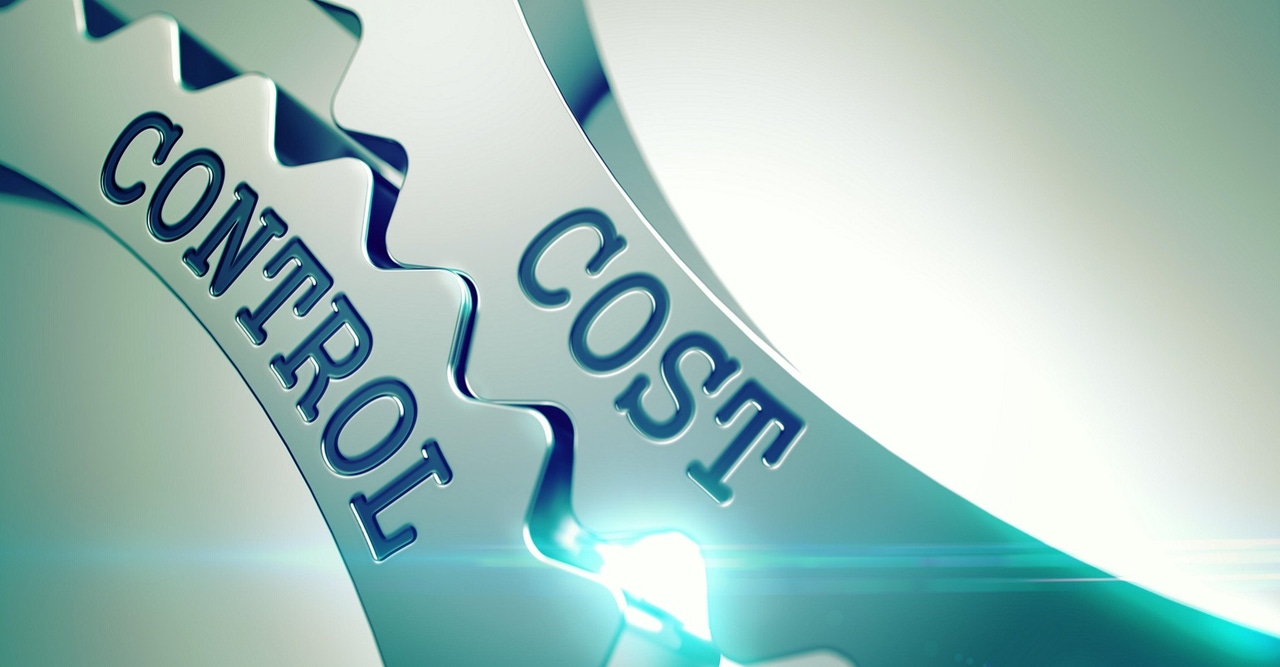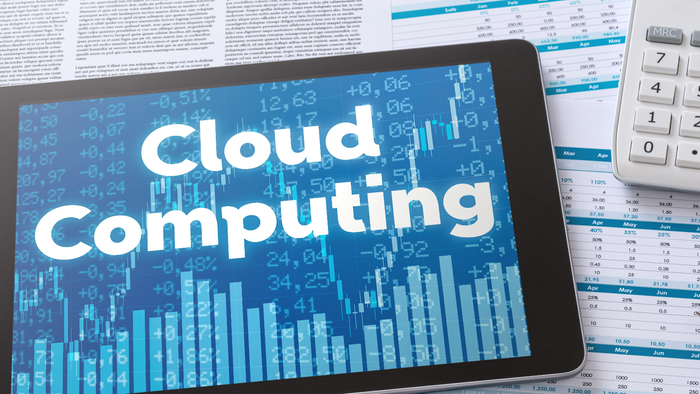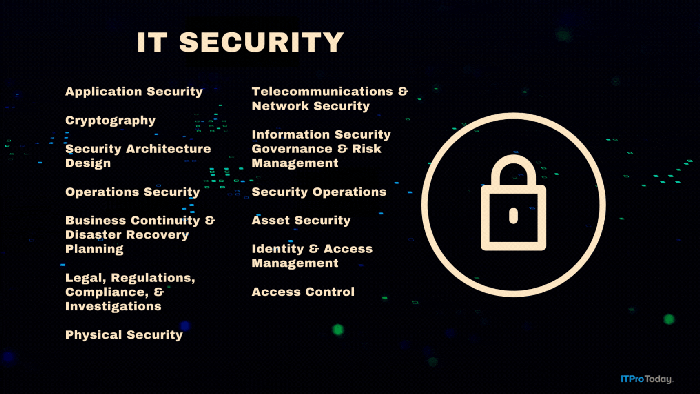Tech Leaders Devise Strategies for Controlling Legacy Tech Costs
Modernizing legacy systems while minimizing disruption to business operations requires a strategic and phased approach.

Legacy systems can be difficult and expensive to scale, and organizations looking to modernize or migrate off a legacy system often want the agility and ease that their current systems can’t provide.
A recent Deloitte survey of 300 industry leaders revealed technology infrastructure challenges have emerged as the primary hurdle in controlling costs for half of all businesses — a significant increase from just a year ago.
The survey underscored the detrimental impact of legacy technology on organizations' agility and profitability as they struggle to adapt to evolving internal dynamics as they're ensnared by outdated systems.
To identify opportunities for cost optimization, IT leaders must take stock of legacy infrastructure and devise a stepwise plan for updating, integration, or outright replacement.
Taking Stock of App Stacks
Howard Weale, vice president at Cockroach Labs, advises organizations to start by examining their current application stack in detail to identify areas of improvement.
They should then overhaul these systems gradually, instead of trying to change everything in one go. "Divide the modernization process into smaller, easier steps, which will enable companies to make continuous progress and avoid disrupting operations," he says via an email interview.
To see impactful change, the entire IT organization needs to be bought in, and have other senior-level stakeholders' support.
In addition, IT leaders must clearly communicate and manage the risks of these investments early and often. "This means working directly with the entire C-suite in addition to the CEO to align on the right IT strategy for the organization," Weale explains.
Scott Wheeler, cloud practice lead at Asperitas Consulting, says that along with identifying modern technology replacement options, organizations must calculate the estimated costs of migrating to the new technology, including maintenance costs.
He recommends evaluating the replacement technology in three dimensions, starting with calculating the business opportunity and risk of not replacing the legacy technology.
Read more about:
InformationWeekAbout the Authors
You May Also Like









.png?width=700&auto=webp&quality=80&disable=upscale)